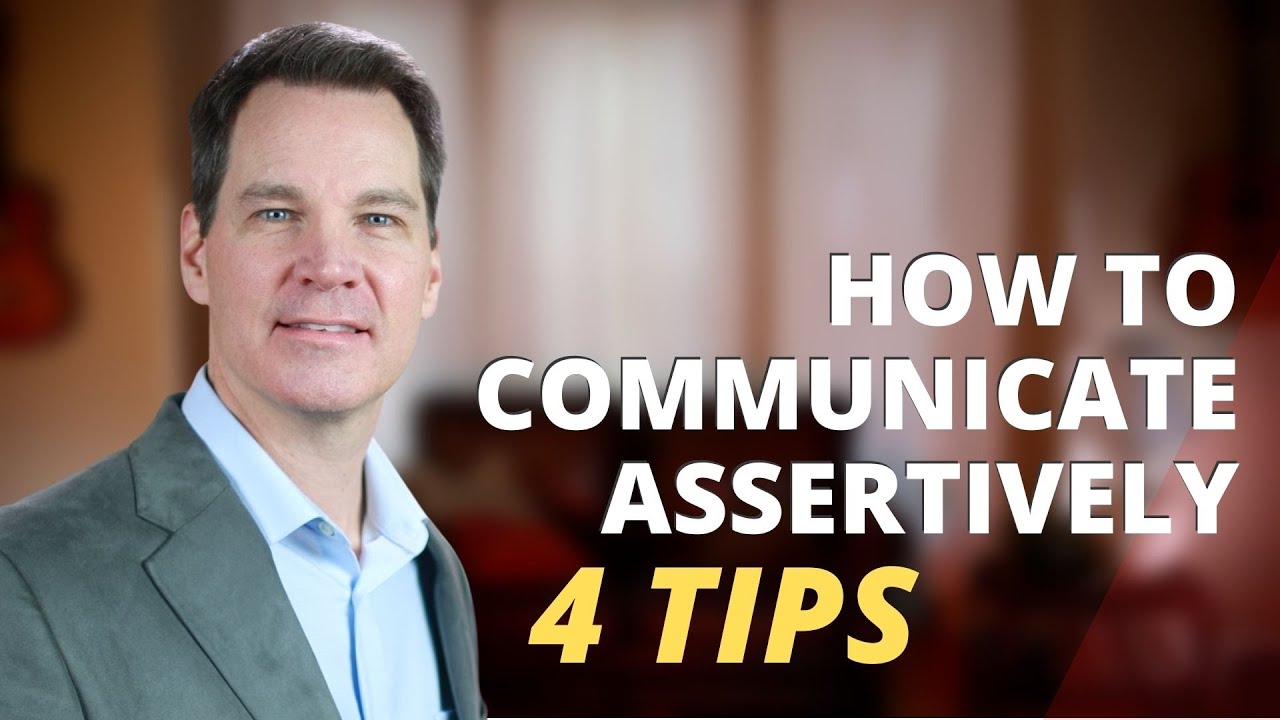4 Communication Styles - Passive, Aggressive, Assertive & Passive Aggressive
Summary
TLDRThis video explores the four major communication styles: assertive, passive, passive-aggressive, and aggressive. It provides an in-depth analysis of each style, highlighting key characteristics, behaviors, and strategies for effective communication. Assertive communication, the most effective and collaborative style, promotes directness, honesty, and respect. In contrast, passive communication avoids confrontation, while passive-aggressive communication is indirect and manipulative. Aggressive communication is characterized by hostility and dominance. The video offers practical tips for communicating effectively with each style, emphasizing the importance of adapting your approach for better workplace relationships and personal interactions.
Takeaways
- 😀 Assertive communication is the most effective style, fostering collaboration and mutual respect.
- 😀 Passive communication involves avoiding conflict and prioritizing others' needs over your own.
- 😀 Passive-aggressive communication can be difficult to identify and involves indirect expressions of anger or frustration.
- 😀 Aggressive communication is often loud, domineering, and harmful to relationships, focusing on personal gain over mutual respect.
- 😀 To communicate effectively with assertive individuals, be direct, honest, and actively listen to their responses.
- 😀 Passive communicators may need more time and encouragement to express their thoughts; be patient and avoid pressuring them.
- 😀 Passive-aggressive communicators may use sarcasm or subtle manipulation; set clear boundaries and address negative behavior directly.
- 😀 Aggressive communicators tend to dominate conversations and use intimidation; maintain calm and focus on facts to avoid escalation.
- 😀 Active listening is crucial for understanding others' perspectives and ensuring mutual understanding.
- 😀 Non-verbal communication (like body language and facial expressions) plays a significant role in conveying information and emotions.
- 😀 Being adaptable and using various communication channels (like email, text, or face-to-face) can enhance understanding and prevent misunderstandings.
Q & A
What are the four major types of communication styles discussed in the script?
-The four major types of communication styles discussed are assertive, passive, passive-aggressive, and aggressive.
Why is assertive communication considered the most effective?
-Assertive communication is considered the most effective because it is direct, honest, and respectful. It promotes collaboration and helps build productive relationships by allowing individuals to express their needs while respecting others.
What are some key characteristics of passive communicators?
-Key characteristics of passive communicators include indirectness, silence, lack of self-expression, avoidance of conflict, apologetic demeanor, poor posture, and difficulty asserting their own needs.
What is the main challenge when communicating with passive-aggressive individuals?
-The main challenge with passive-aggressive communicators is that they are indirect and manipulative, often expressing their frustrations through sarcasm, avoidance, or subtle resistance instead of addressing issues directly.
How can one effectively communicate with a passive communicator?
-To communicate effectively with a passive communicator, it’s important to be patient, give them time to respond, ask open-ended questions, and avoid pushing them to engage in large group settings. A private setting is usually more comfortable for them.
What are some signs that someone is using aggressive communication?
-Signs of aggressive communication include speaking loudly, making demands, interrupting others, criticizing or attacking, using overbearing gestures, and displaying hostile body language like intense eye contact.
What tips can help when communicating with someone who is passive-aggressive?
-When communicating with a passive-aggressive person, it's important to set clear expectations, document conversations, address negative behavior directly, and remain calm to prevent escalation. Avoid leaving room for misunderstanding.
How can someone develop a more assertive communication style?
-To develop a more assertive communication style, one should practice sharing their needs and ideas confidently, be a good listener, be aware of their body language and tone, encourage others to share their views, and avoid exaggeration while being open to feedback.
Why is it important to understand different communication styles in a workplace environment?
-Understanding different communication styles in the workplace is crucial for fostering a respectful and collaborative environment. It helps avoid misunderstandings, promotes better teamwork, and increases productivity by accommodating diverse perspectives.
What are some general communication tips for interacting with someone of a different style?
-General communication tips include practicing active listening, being open-minded, using non-verbal cues, asking questions to understand their viewpoint, being patient, and choosing the appropriate method of communication (email, face-to-face, etc.) based on their preferences.
Outlines

هذا القسم متوفر فقط للمشتركين. يرجى الترقية للوصول إلى هذه الميزة.
قم بالترقية الآنMindmap

هذا القسم متوفر فقط للمشتركين. يرجى الترقية للوصول إلى هذه الميزة.
قم بالترقية الآنKeywords

هذا القسم متوفر فقط للمشتركين. يرجى الترقية للوصول إلى هذه الميزة.
قم بالترقية الآنHighlights

هذا القسم متوفر فقط للمشتركين. يرجى الترقية للوصول إلى هذه الميزة.
قم بالترقية الآنTranscripts

هذا القسم متوفر فقط للمشتركين. يرجى الترقية للوصول إلى هذه الميزة.
قم بالترقية الآنتصفح المزيد من مقاطع الفيديو ذات الصلة

CONFLICT RESOLUTION for Children 🤝 Assertive 😡 Aggressive 😞 Passive 😒 Passive-Aggressive

How to Communicate Assertively 4 Tips

AGRESSIVO, PASSIVO OU ASSERTIVO?

Pentingnya Komunikasi Asertif (Karena Kita Gak Bisa Baca Pikiran Orang Lain)

How To Be Responsible and Accountable by Jeff Muir

Soft Skills | Assertiveness | Skills Training | TutorialsPoint
5.0 / 5 (0 votes)
